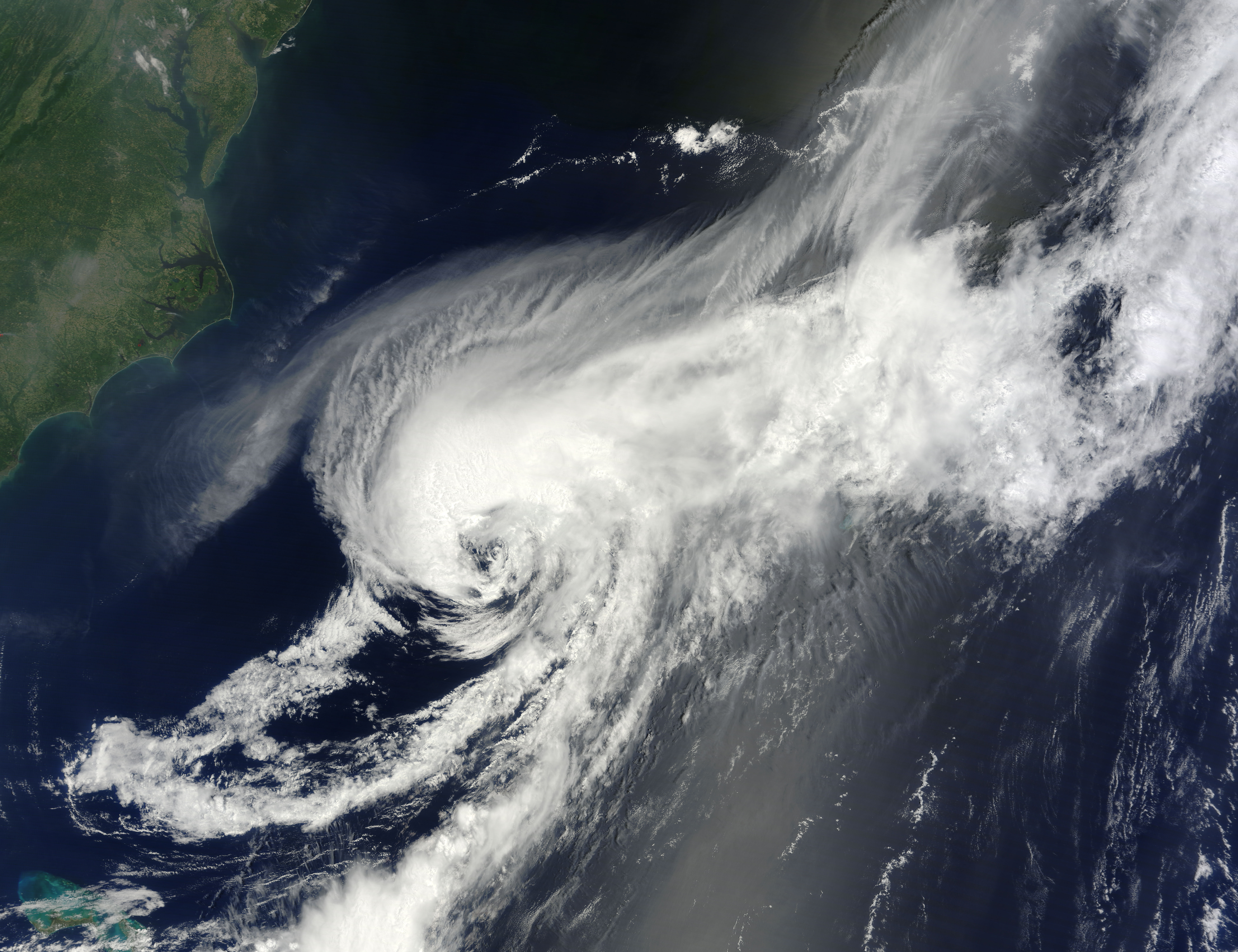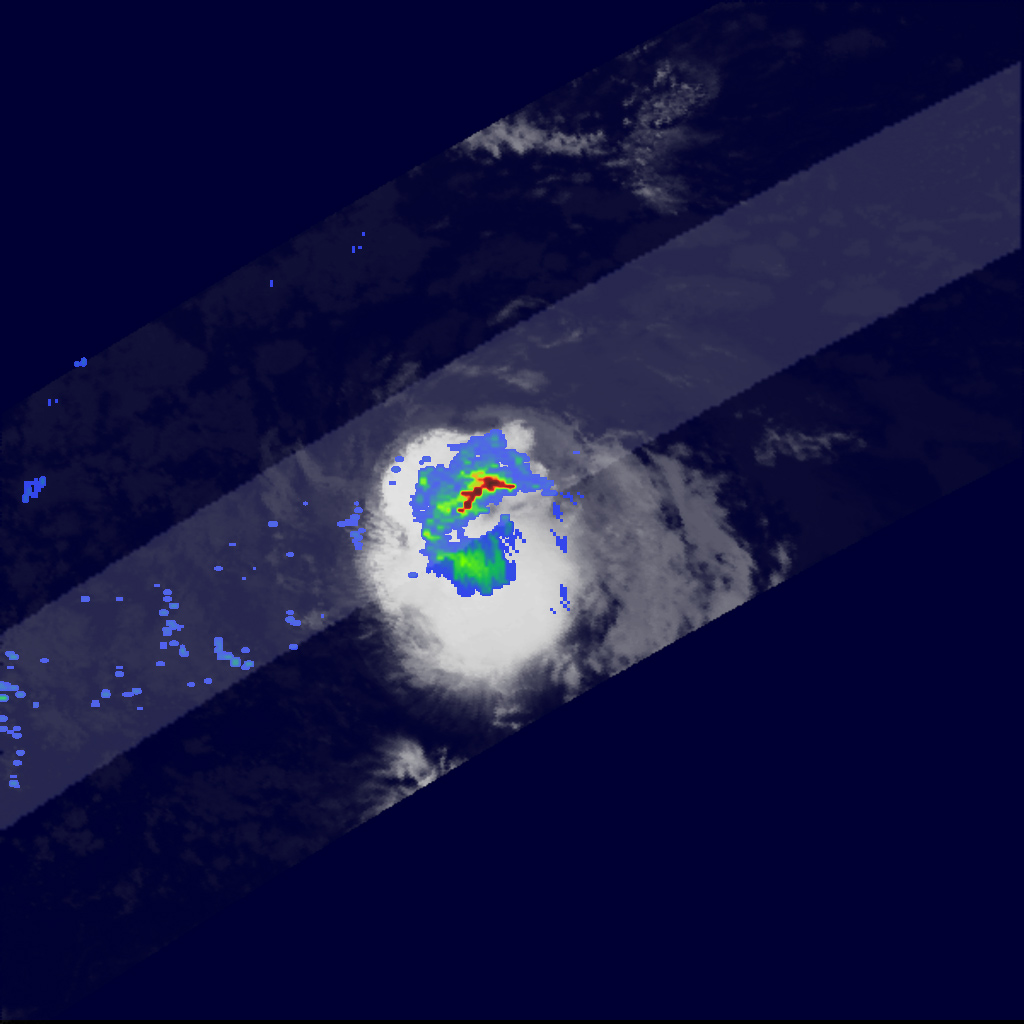Tropical Storm Debby’s Formation and Development

Tropical Storm Debby, the first named storm of the 2023 Atlantic hurricane season, formed in the central Atlantic Ocean on June 15th, 2023. Its formation was influenced by a combination of factors, including warm ocean temperatures, low wind shear, and a pre-existing area of disturbed weather.
Formation and Initial Development
Tropical Storm Debby originated from a tropical wave that moved off the coast of Africa on June 10th, 2023. The wave gradually organized as it moved westward across the Atlantic, aided by favorable atmospheric conditions. By June 15th, the system had developed a well-defined circulation and was classified as Tropical Depression Four. Later that day, the depression strengthened into Tropical Storm Debby.
Storm’s Path and Intensity Changes
Tropical Storm Debby initially moved westward at a slow pace, but gradually accelerated as it approached the Lesser Antilles. The storm’s intensity fluctuated during this time, with periods of strengthening and weakening. Debby reached its peak intensity on June 17th, with maximum sustained winds of 65 mph (100 km/h).
The storm then made landfall on the island of Dominica on June 18th, bringing heavy rainfall and strong winds. After passing through the Lesser Antilles, Debby weakened considerably as it encountered cooler waters and increased wind shear. The storm eventually dissipated over the eastern Atlantic on June 22nd, 2023.
Comparison with Similar Storms
Tropical Storm Debby’s development and track were similar to other tropical storms that form in the central Atlantic during the early part of the hurricane season. These storms often originate from tropical waves and typically move westward across the Atlantic before curving northward or northeastward.
Debby’s relatively weak intensity and short lifespan were also typical of early-season storms, which often lack the same favorable conditions for rapid intensification as later-season hurricanes.
Timeline of Significant Events
- June 10th, 2023: A tropical wave moves off the coast of Africa.
- June 15th, 2023: The wave develops into Tropical Depression Four.
- June 15th, 2023: Tropical Depression Four strengthens into Tropical Storm Debby.
- June 17th, 2023: Tropical Storm Debby reaches peak intensity with maximum sustained winds of 65 mph (100 km/h).
- June 18th, 2023: Tropical Storm Debby makes landfall on the island of Dominica.
- June 22nd, 2023: Tropical Storm Debby dissipates over the eastern Atlantic.
Impact of Tropical Storm Debby

Tropical Storm Debby, while not a major hurricane, left a significant impact across several regions, primarily in the southeastern United States. The storm brought heavy rainfall, strong winds, and coastal flooding, causing widespread damage and disruption.
Areas Affected and Damage
Tropical Storm Debby’s impact was felt across several states, including Florida, Georgia, Alabama, and South Carolina. The storm’s heavy rainfall led to widespread flooding, particularly in low-lying areas and along rivers. The storm also brought strong winds that caused damage to trees, power lines, and structures.
- Florida: The state bore the brunt of the storm’s impact, with heavy rainfall and flooding reported in many areas. The city of Tampa experienced significant flooding, with some areas submerged under several feet of water.
- Georgia: Georgia also experienced heavy rainfall and flooding, particularly in the southern and coastal regions. The state’s agricultural sector suffered significant losses due to the storm’s impact.
- Alabama: While Alabama experienced less severe impacts compared to Florida and Georgia, the state still saw heavy rainfall and flooding in some areas.
- South Carolina: South Carolina experienced coastal flooding and strong winds, primarily in the coastal regions.
Infrastructure Impact
Tropical Storm Debby caused significant damage to infrastructure, including power outages, road closures, and damage to buildings. The storm’s heavy rainfall and strong winds led to widespread power outages, affecting millions of people. The storm also caused numerous road closures, disrupting transportation and emergency response efforts.
Human Impact
Tropical Storm Debby resulted in several casualties, evacuations, and significant economic losses. The storm’s heavy rainfall and flooding led to numerous evacuations, particularly in areas prone to flooding. The storm also caused significant economic losses, impacting businesses, agriculture, and tourism.
Impact Summary
| Area | Damage (Infrastructure, Human, Economic) | Recovery Efforts |
|---|---|---|
| Florida | Widespread flooding, power outages, road closures, significant economic losses, and casualties. | Emergency response teams worked to rescue stranded individuals and provide assistance to affected communities. Infrastructure repairs and restoration efforts were initiated to restore power, roads, and damaged buildings. |
| Georgia | Heavy rainfall, flooding, power outages, road closures, and agricultural losses. | Emergency response teams provided assistance to affected communities. Infrastructure repairs and restoration efforts were initiated to restore power, roads, and damaged buildings. |
| Alabama | Heavy rainfall, flooding, and some power outages. | Emergency response teams provided assistance to affected communities. Infrastructure repairs and restoration efforts were initiated to restore power, roads, and damaged buildings. |
| South Carolina | Coastal flooding, strong winds, and some power outages. | Emergency response teams provided assistance to affected communities. Infrastructure repairs and restoration efforts were initiated to restore power, roads, and damaged buildings. |
Response and Recovery Efforts: Tropical Storm Debby Hurricane

Tropical Storm Debby’s impact on the region prompted a swift and coordinated response from authorities and emergency services. Local, state, and federal agencies worked together to minimize the storm’s effects and provide assistance to those affected.
Emergency Response and Evacuations, Tropical storm debby hurricane
The storm’s potential for significant flooding and strong winds led to widespread evacuations. Local authorities issued mandatory and voluntary evacuation orders for low-lying areas and coastal communities. Emergency shelters were opened across the affected regions, providing temporary housing and support to displaced residents.
Relief Efforts and Community Support
The storm’s aftermath saw a surge in relief efforts from various organizations and individuals. The American Red Cross, Salvation Army, and other non-profit organizations mobilized to provide food, water, shelter, and medical assistance to those in need. Local communities rallied together, offering support and resources to their neighbors.
- The American Red Cross established shelters and distributed emergency supplies, including food, water, and hygiene kits.
- The Salvation Army provided meals, clothing, and emotional support to affected individuals and families.
- Local churches, community centers, and volunteer groups organized food drives, clothing donations, and cleanup efforts.
Long-Term Recovery and Rebuilding
The recovery process following Tropical Storm Debby was a long and arduous one. Infrastructure repairs, rebuilding homes and businesses, and addressing the storm’s long-term impacts on the environment were major priorities. The Federal Emergency Management Agency (FEMA) provided financial assistance and resources to support recovery efforts.
Organizations Involved in Relief Efforts
| Organization | Contribution |
|---|---|
| American Red Cross | Shelter, food, water, emergency supplies |
| Salvation Army | Meals, clothing, emotional support |
| FEMA | Financial assistance, resources for recovery |
| Local government agencies | Emergency response, infrastructure repair |
| Volunteer organizations | Food drives, clothing donations, cleanup efforts |
Tropical storm debby hurricane – Tropical Storm Debby, a real corker of a storm, wreaked havoc across the east coast in 2012. The sheer amount of rain it brought caused widespread flooding, particularly in the New York area, leading to the implementation of ground stops at NYC airports to ensure the safety of passengers and crew.
These ground stops, a common occurrence during severe weather, highlight the impact of tropical storms like Debby on air travel and the need for robust safety measures.
Tropical Storm Debby was a right pain, wasn’t it? The power cuts were a nightmare, and the wind howled like a banshee. I was stuck at home, trying to study for my exams, but it was hard to concentrate with all the chaos.
I’d love to have a nice study space, though, like the ones you can find in pictures of study table and chair. At least I can daydream about that while I’m waiting for the storm to pass.
